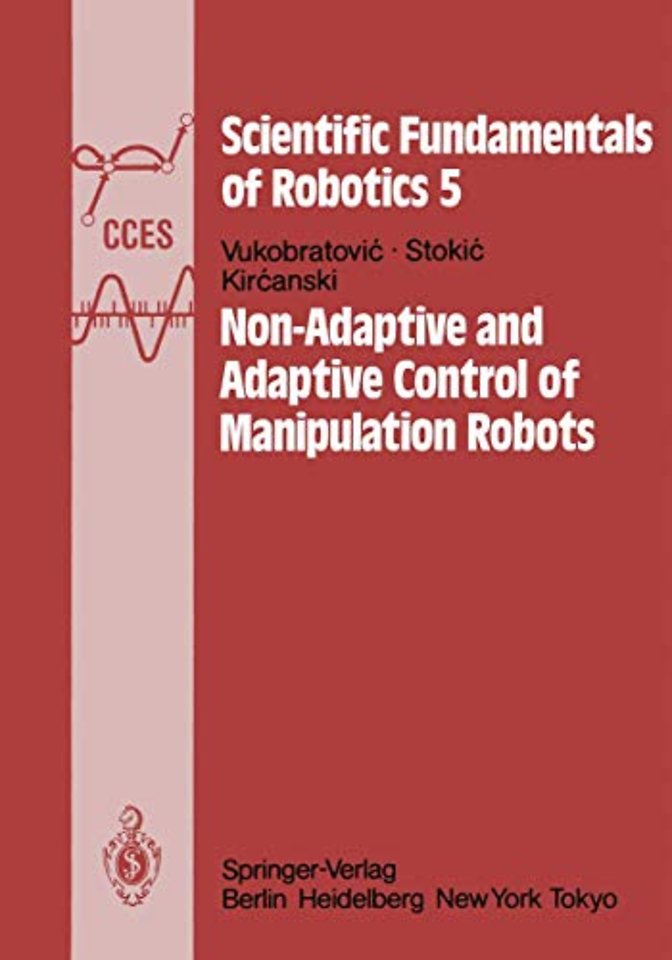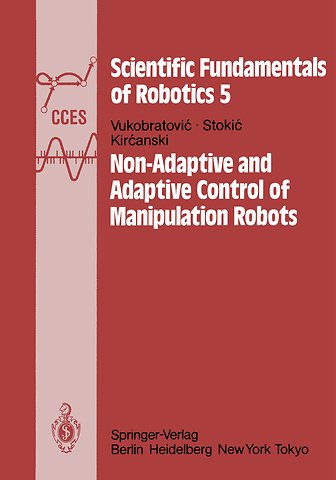Non-Adaptive and Adaptive Control of Manipulation Robots
Samenvatting
The material presented in this monograph is a logical continuation of research results achieved in the control of manipulation robots. This is in a way, a synthesis of many-year research efforts of the associates of Robotics Department, Mihailo Pupin Institute, in the field of dynamic control.of robotic systems. As in Vol. 2 of this Series, all results rely on the mathematical models of dynamics of active spatial mechanisms which offer the possibility for adequate dynamic control of manipula tion robots. Compared with Vol. 2, this monograph has three essential new character istics, and a variety of new tasks arising in the control of robots which have been formulated and solved for the first time. One of these novelties is nonadaptive control synthesized for the case of large variations in payload parameters, under the condition that the practical stability of the overall system is satisfied. Such a case of control synthesis meets the actual today's needs in industrial robot applications. The second characteristic of the monograph is the efficient adaptive control algorithm based on decentralized control structure intended for tasks in which parameter variations cannot be specified in advance. To be objective, this is not the case in industrial robotics today. Thus, nonadaptive control with and without a particular parameter variation is supplemented by adaptive dynamic control algorithms which will cer tainly be applicable in the future industrial practice when parametric identification of workpieces will be required.

